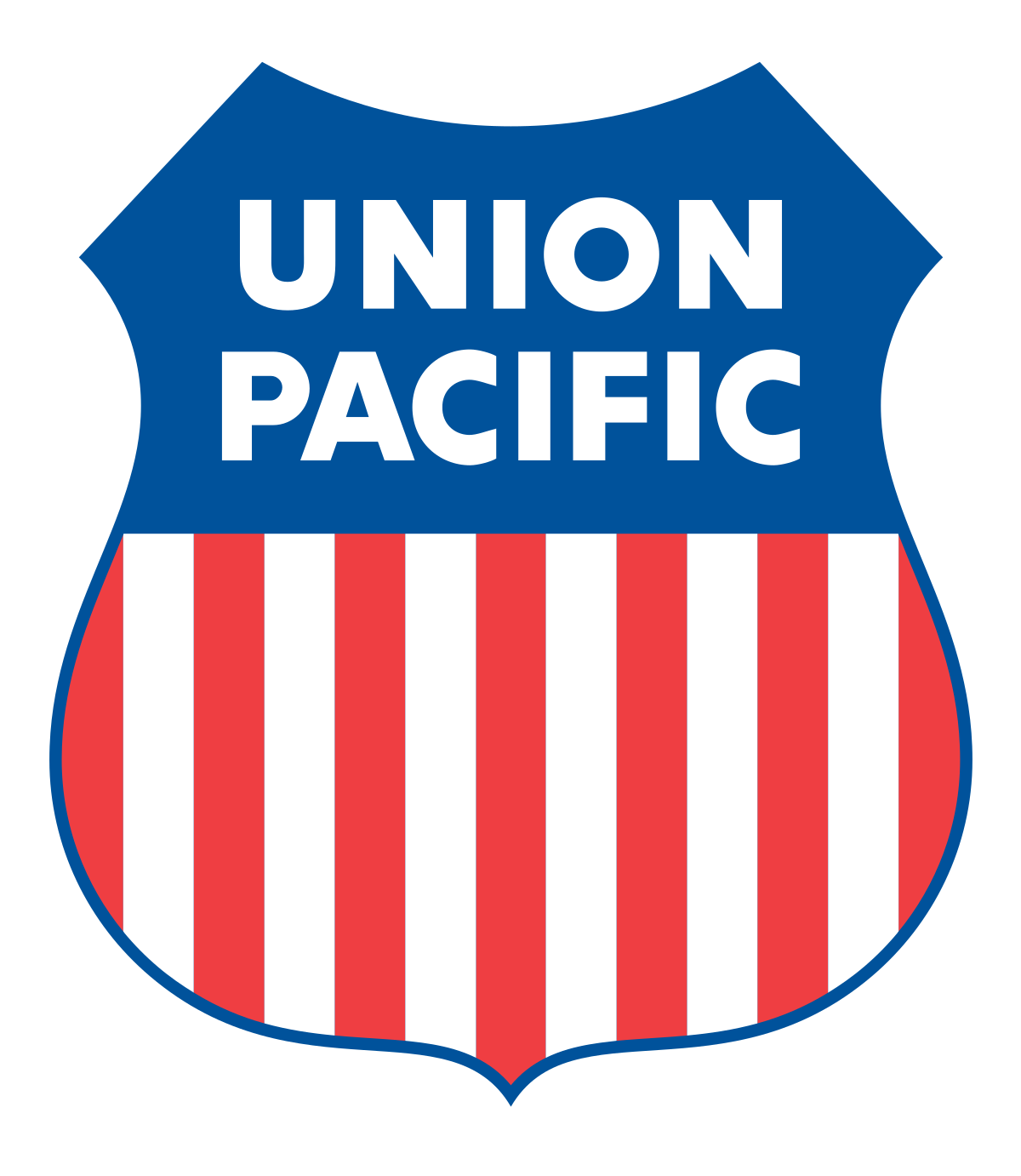About Union Pacific
Most of the companies we analyze hold little to no sentimental value to our team.
Union Pacific is different.
When I was much younger, I lived close to a suburban commuter railroad and would devote hours to watching the rush hour traffic of trains coming in and out of the station with the occasional express train, whizzing by at lightspeed (come on, I was a kid). The sound of commuter trains approaching the station, the sound of the locomotive’s engine purring with a faint repetitive bell informing bystanders that a train was approaching and the occasional horn show from a friendly engineer takes me back to simpler times.
Ok, back to business!
The commuter railroad itself served (and still serves today) stations owned by Union Pacific, along with the company’s ownership of the tracks, train crews and ticket agents of the suburban commuter railroad.

However, Union Pacific is best known for operating as one of the nation’s premier freight railroads, as it reportedly runs over 8,000 locomotives and covers over 32,000 miles of territory in 23 states. The company primarily operates from the central corridor of the United States and extends out west. From Chicago to New Orleans and Calexico to Seattle, Union Pacific serves a lot of different regions.
In terms of market capitalization the company is the largest railroad company in the world, which can be seen as slightly untrue given that Berkshire Hathaway owns fellow gigantic railroad company, BNSF, and Berkshire Hathaway has a current market capitalization much larger than Union Pacific. However, we’re unsure of whether or not the market capitalization of BNSF itself is smaller or larger than that of Union Pacific.
However, for all intents and purposes, Union Pacific is a huge railroad company that covers a lot of territory and hauls a lot of essential goods as well as passengers.
Now, let’s put the nostalgia aside and see whether or not the company is worth considering buying stock in.
Union Pacific’s stock financials
The company is currently trading at around $197 per share, has a market capitalization of just under $123 billion, a price-to-earnings (P/E) ratio of 18.55 and pays out an annual dividend of $5.20.
There’s not a lot to dislike about Union Pacific so far as they pay out a sizeable annual dividend and appears to be currently trading at or just below fair value (given their P/E ratio of 18.55).
According to the company’s balance sheet, UP oversees around $63.5 billion in total assets and just under $50 billion in total liabilities.
As we’ve briefly discussed in a previous railroad stock analysis article, the (freight) railroad industry is a cost-heavy one, however we’re grateful that UP’s total assets outweigh its total liabilities. Let’s move on and get a better understanding of how financially strong and stable the company is and if debt should be a major concern for prospective and current shareholders.

Onto the company’s income statement, Union Pacific’s total revenue over the past five years has stayed steady at around $21 billion, which is nothing to scoff at given the turmoil and supply chain chaos the railroad industry has had to absorb in recent years. It can be noted that their total revenue dipped down to around $19.5 billion in 2020, which makes given all of the aforementioned factors.
Union Pacific’s stock fundamentals
From the perspective of profit, Union Pacific gets the job done, to say the least.
Specifically, the company’s trailing twelve month (TTM) net profit margin stands at nearly 31% to the industry’s average of nearly -6%. For a railroad as large and scaled as Union Pacific to generate such a large profit within the confines of a very competitive industry, this is incredible.
Additionally, the company’s TTM returns on equity, assets and investment are all substantially higher than that of the industry average as well.
This company’s core numbers are nothing short of phenomenal.
Union Pacific’s recent struggles
While the company has a lot going right, one of the largest challenges railroads (primarily UP) and retailers across the globe have been facing is thievery.

Specifically, as it relates to Union Pacific, they’ve been having major problems with theft around Los Angeles, as idle trains filled with packages and containers filled with other important materials have essentially been looted and remains of cardboard boxes and unwanted goods have been left on the tracks.
This is a problem that needs to be fixed for the sake of Union Pacific and for all railroads’ ability to provide for its customers and generate revenue, allow customers to rightfully receive what they’ve paid for and keeping retail establishments all over the world in business.
Our team will be a lot more at ease when the company develops partnerships and programs with local law enforcement officials in order to prevent this from continuing, if they haven’t already.
Should you buy Union Pacific stock?
I will always cherish the summers where I’d stand outside for hours, watching trains come in and out the local passenger station.
I’ll also tend to cherish a company that appears to be managed properly and value its shareholders.
Given a glimpse and analysis of the company’s numbers, our team gives the company a “buy” rating.
DISCLAIMER: This analysis of the aforementioned stock security is in no way to be construed, understood, or seen as formal, professional, or any other form of investment advice. We are simply expressing our opinions regarding a publicly traded entity.